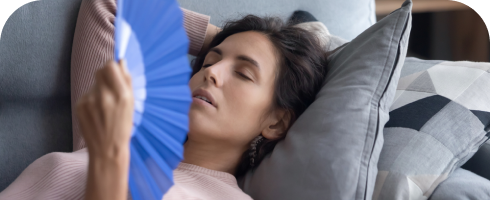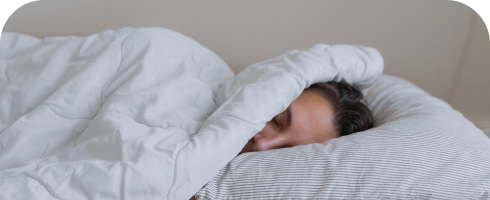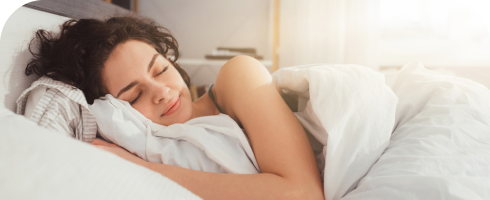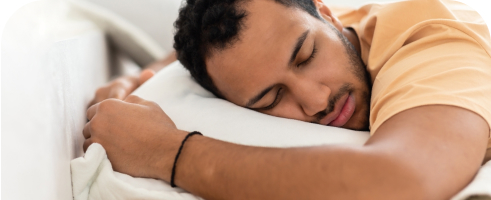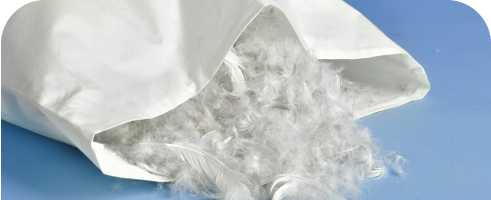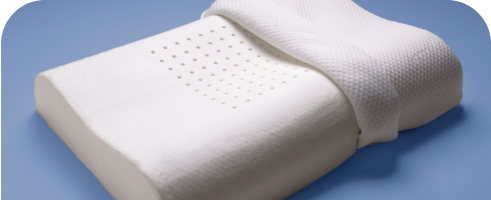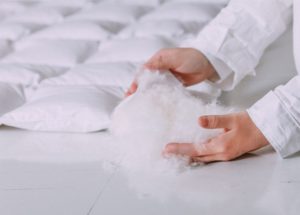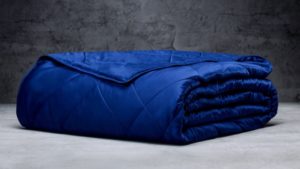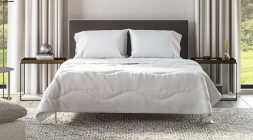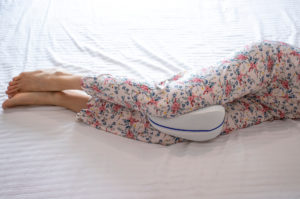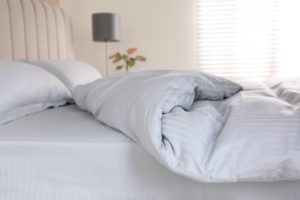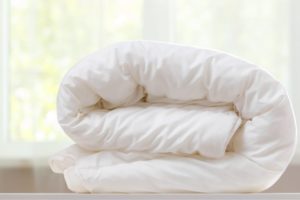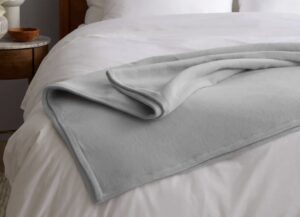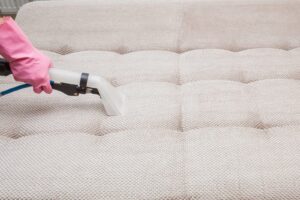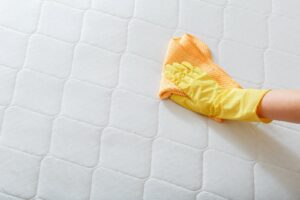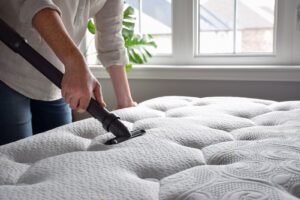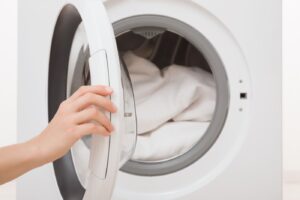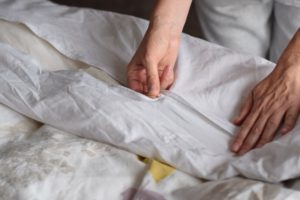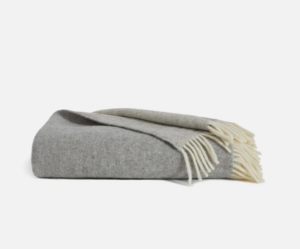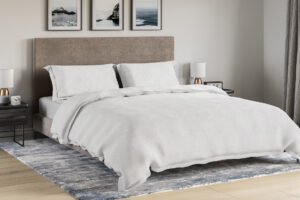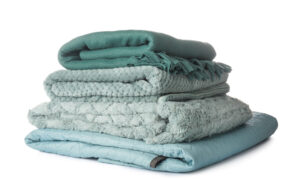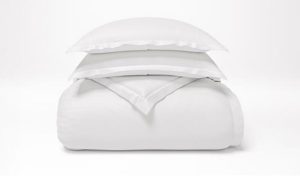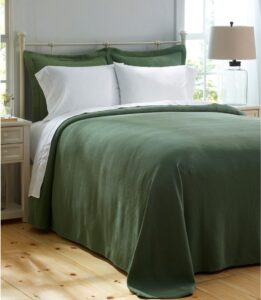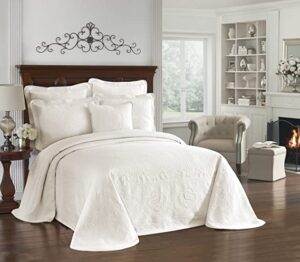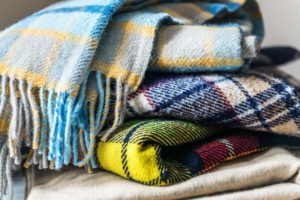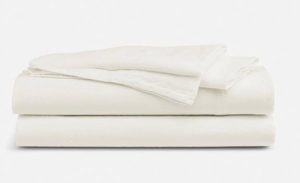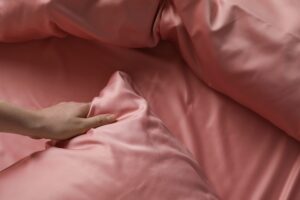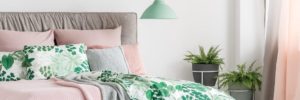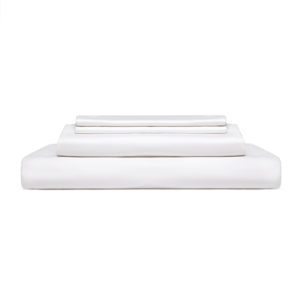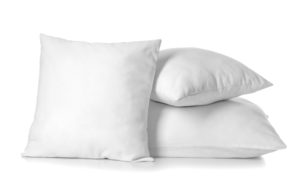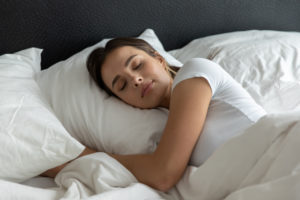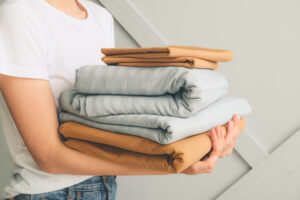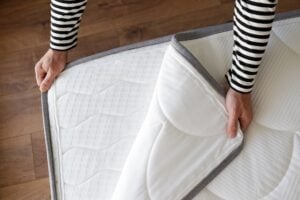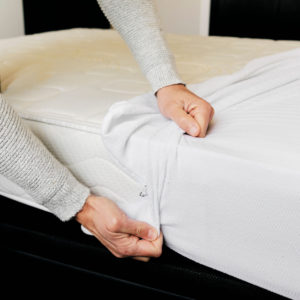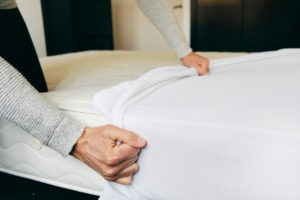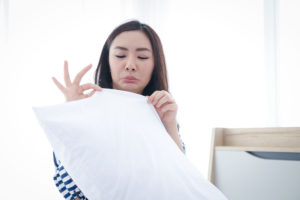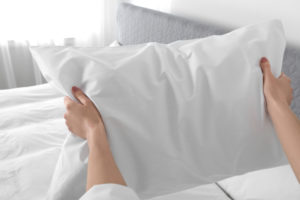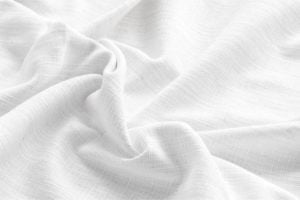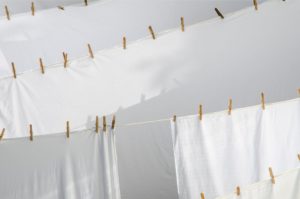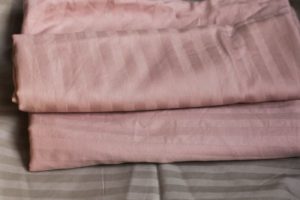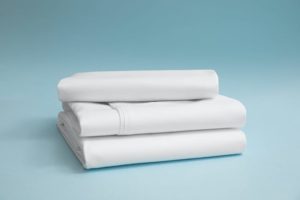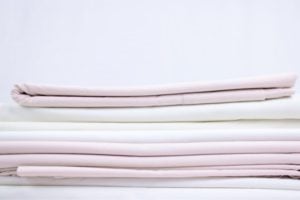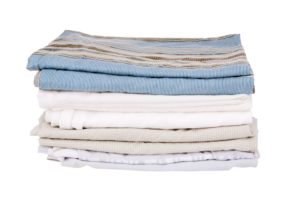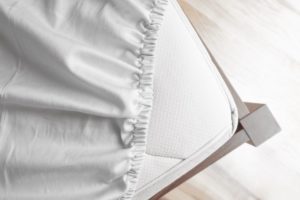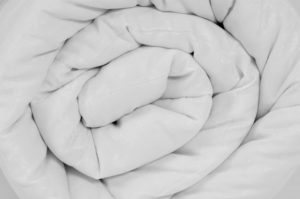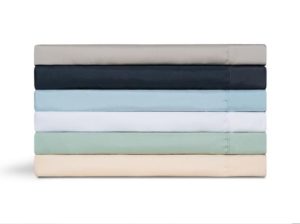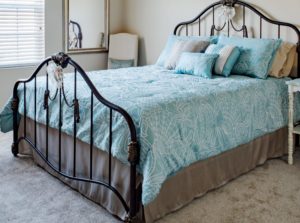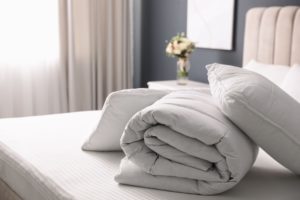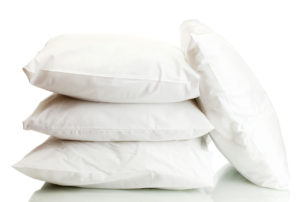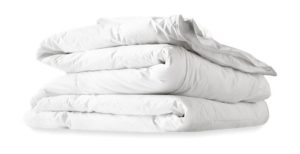Benefits of a Satin Pillowcase
Satin pillowcases offer a variety of potential benefits. The glossy, smooth texture of the weave allows the head to move easily, reducing the friction that could otherwise cause wrinkles, hair frizzing, and breakage. The material is also less absorbent, which may promote hydrated skin while decreasing the risk of acne.
Many find satin pillowcases essential to their beauty sleep. Purported benefits include anti-aging properties, resistance to allergens and bacteria, and reduced hair damage.
Satin pillowcases often consist of materials such as rayon, polyester, or nylon. The defining characteristic is the fabric’s weave, which uses a four or more thread over, one thread under pattern. This pattern creates a smooth, shiny fabric. The smoothness of a satin pillowcase enables sleepers to move their upper bodies with less resistance, limiting friction.
We’ll discuss what satin is, how it compares to silk and sateen, the potential advantages of satin pillowcases, and factors to consider when making a purchase.
Find a Pillow That’s Right for You
Looking for a new pillow? Take the quiz below to find the perfect pillow for your needs.
Trouble sleeping?
Answer these 5 easy questions to discover your perfect pillow

Trouble sleeping?
Answer these 5 easy questions to discover your perfect pillow
What position do you sleep in?

Side
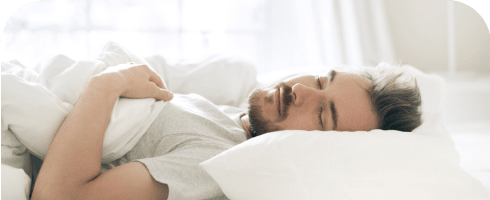
Back

Stomach
What Is Satin?
Satin is a type of weave that produces smooth, glossy fabric. One of the three fundamental weave types, satin consists of four or more threads over one opposite-facing thread. The widely spaced intervals lend to the weave’s trademark luster, drape, and smoothness. Satin fabric is also characterized by the length of the fiber, requiring long, continuous filaments to qualify as true satin.
Satin originated in medieval Quanzhou, China, and was sold through the Silk Road, gaining popularity in the Middle East. At that time, weavers used exclusively silk to produce satin. Today, manufacturers across the globe use silk, polyester, rayon, and nylon to create satin products ranging from clothing to bedding.
Satin vs. Silk
While satin is a weave type, silk is a natural fiber derived from silkworm cocoons. Traditionally, the satin weave was used with silk to enhance a textile’s softness and sheen. While silk is one of the strongest natural fibers, satin weaves are not as durable, as they easily snag. Silk typically carries a high price tag, while satin made of other materials is usually more affordable.
Satin vs. Sateen
Satin and sateen use the same weave but vary in the length of their fibers. Satin fabric uses yarns made of long, smooth filaments, such as silk. Sateen fabric consists of yarns with short-staple fibers, such as cotton. Sateen fabric is moderately durable and machine-washable, while satin material is typically less durable and requires delicate care. Both fabrics tend to be soft, smooth, and lustrous.
Satin Pillowcase Benefits
Satin pillowcases offer an array of potential benefits to sleepers. The wrinkle-resistant fabric may prevent hair damage, support healthy skin, and limit exposure to allergens and bacteria. While these possible advantages are common with satin pillowcases, performance varies depending on the type of material.
Protects Hair
A satin weave, especially when paired with silk fabric, can help prevent hair damage. The smoothness of the weave reduces friction, thereby reducing the likelihood of frizzing, tangling, matting, and breakage.
Because silk also absorbs less moisture than materials like cotton, silk in a satin weave may keep hair more hydrated, preventing brittleness.
Soothes Skin
The smoothness of satin pillowcases limits tugging and creasing of the skin, resulting in less irritation and potentially fewer noticeable marks on your face in the morning. Additionally, while some pillowcase materials actively pull moisture from the skin, satin pillowcases made from silk absorb less liquid, which helps the skin stay hydrated. Adequate hydration helps prevent wrinkles and other signs of aging.
Satin pillowcases may also appeal to sleepers with acne. The smoothness of the material can help reduce irritation and resulting inflammation. At the same time, satin pillowcases tend to absorb less, reducing the risk of oil and bacteria buildup pressing against your face as you sleep.
Sleeps Clean
Many of the fibers used to make satin fabric are highly breathable, which may reduce dust and bacteria buildup. Because of these properties, sleepers with asthma or allergies may prefer satin pillowcases.
How to Choose a Satin Pillowcase
With so many satin pillowcases on the market, it can be hard to choose the right one for you. When making your decision, there are several factors to consider, including your budget and the pillowcase’s design, quality, and size.
Design
While the ideal design for a satin pillowcase is highly subjective, it’s no small consideration. The design determines if the pillowcase complements the bedroom or detracts from it. Most sleepers want their pillowcases to match or coordinate with their current aesthetic. Consider your style and the pillowcase’s color and pattern when shopping.
Budget
Satin pillowcases range from as low as $10 to over $100 depending on their size and materials.
Larger satin pillowcases, such as king size, typically have higher price-points because they use more material. Fabric type also plays a role in the final price. Silk runs at the higher end of the average price range, while polyester blends are more budget-friendly. Additionally, the quality of the material and construction influence the cost.
With such a wide range of price-points, setting your budget ahead of time can help you narrow your options.
Quality
Satin pillowcases may consist of several types of materials, each with varying levels of quality.
Fabrics on the lower end of the spectrum typically carry lower price tags. However, higher-quality fabrics often make up for the additional cost in longevity, feel, and performance.
Size
The size of your pillowcase should correspond directly to the size of your pillow. Your mattress size typically determines the size of pillows and pillowcases. Twin, twin XL, and full mattresses generally use standard pillows. Queen mattresses work well with standard or queen size pillows. Meanwhile, king, California king, and split king mattresses call for king size pillows. That said, some people prefer to use a smaller or larger pillow than what is traditionally associated with their mattress size.
Is a Satin Pillowcase Right for You?
Whether a satin pillowcase is right for you depends on your needs and preferences. For example, people looking to maintain their hair and limit acne and wrinkles may be interested in satin pillowcases. Those with sensitive skin may also favor satin pillowcases, particularly those made of silk.
Despite the popularity of satin, some shoppers avoid it because of its tendency to snag, which may shorten the pillowcase’s lifespan. Many satin pillowcases also require dry-cleaning or hand-washing, making the cleaning process more challenging.
| Pros | Cons |
|---|---|
| Protects hair from breakage, tangling, matting, and frizzing Gentle on skin Tends to be breathable and smooth | Weave easily snags, resulting in wear and tear May require dry-cleaning or hand-washing Somewhat slippery |
You Should Go for a Satin Pillowcase If…
- You hope to clear up acne or hydrate dry skin.
- You notice hair breakage or tangling after sleeping.
- You have sensitive skin.

Still have questions? Ask our community!
Join our Sleep Care Community — a trusted hub of sleep health professionals, product specialists, and people just like you. Whether you need expert sleep advice for your insomnia or you’re searching for the perfect mattress, we’ve got you covered. Get personalized guidance from the experts who know sleep best.

